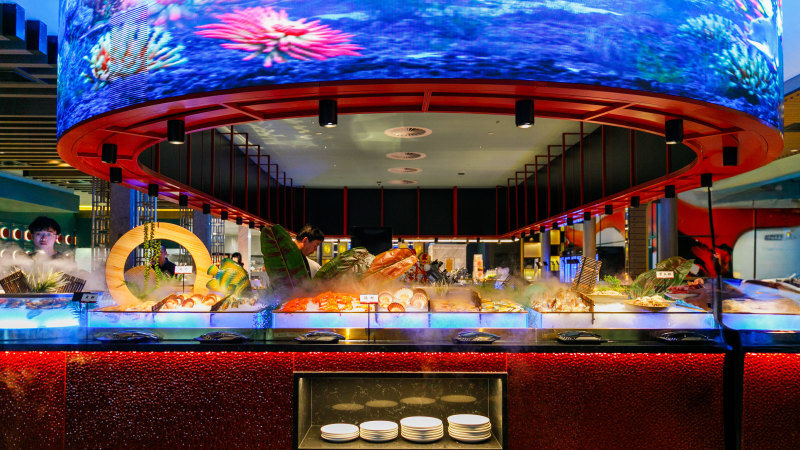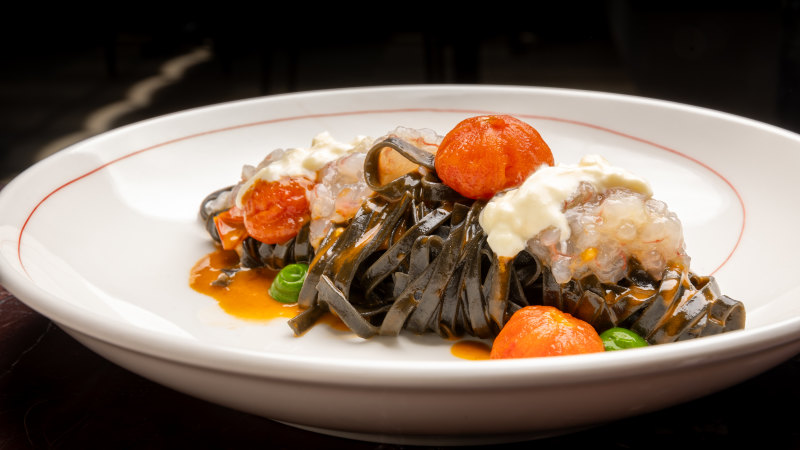If you decided to stir some honey into your tea this morning, you likely went into your cabinet and searched for the baby bear-shaped jar filled with sweet golden purified liquid. But if you want something that is a little closer to the honey first introduced into our diets 8,000 years ago, you may want to reach for raw honey. Raw honey, which is sometimes cloudy, often crystalized, and perhaps jarred with a piece or two of honeycomb, may be a little less golden — but it's certainly just as sweet.
The honey you're most likely to find on store shelves is conventional honey, which is pasteurized, heated, and filtered before it's packaged. Raw honey, which is more commonly found at farmers' markets and natural food stores, is the same honey you see dripping from honeycombs when they're pulled from the hives. Unlike conventional honey, most of it goes straight from the hive to the jar without pasteurization, heat, or filtration.
Before conventional honey is packaged, it goes through an intense heating process that ensures a consistent color and texture and enhances shelf life. It also creates a smoother honey by removing any crystallization. Although you may find some crystallization in raw honey, it doesn't affect its flavor or quality.
The benefits of raw honey versus regular honey Honey is considered to be nutritious and to have several health benefits. It is unknown, however, whether or not the nutrients found in regular honey are destroyed under the intense heat used in pa.

















